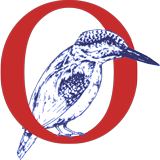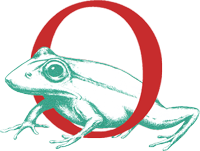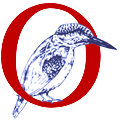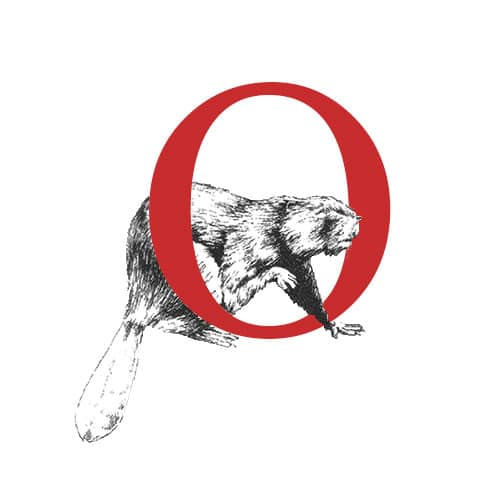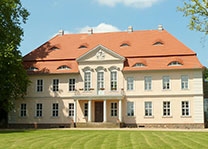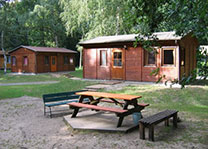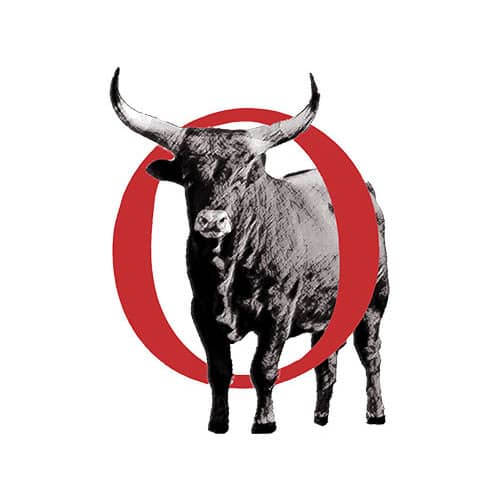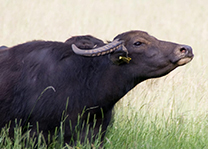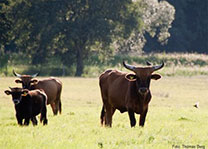State Environment Agency drains the only national park in Brandenburg
Despite the lack of water and the threat of desertification in Brandenburg, the pumps in the Lower Oder Valley National Park are running at full speed again
It’s that time again. As every year, the responsible State Environment Agency in the administrative area of the Agriculture Minister, who is actually responsible for nature conservation, starts up the large, energy-guzzling pumps and the only floodplain national park in Germany is pumped dry. Many rare birds, such as the Black Tern, the White Bearded Tern and the White-winged Tern, which have just started breeding and are dependent on high water levels, sit on dry land and with their nests are easy prey for the fox and raccoon dog. These cost-intensive measures are intended to enable farmers to use grassland as early as possible, although they are dependent on this for feed supply, if at all, to a very limited extent.
According to Agriculture Minister Dietmar Woidke on December 27, 2006, the country must manage its water even more, and surface water must be kept in the landscape for as long as possible before it flows away. There is actually nothing to add to these Christmas words by the Brandenburg minister responsible for agriculture, nature conservation and water management, given the increasing water poverty caused by climate change, especially in Brandenburg, which increasingly conjures up the risk of desertification. More and more agricultural areas in Brandenburg already have to be irrigated at great expense if they are to continue to generate sufficient yields.
But there are chasms between a minister’s Sunday speeches and the reality he administers. In Germany’s only floodplain national park, the Untere Oder Valley, after the inlet and outlet structures were closed in mid-April, the polders that were previously flooded in the winter half of the year are pumped out at great expense in terms of energy and costs. The water level in the polder is then often pushed well below the water level of the Oder. A water study commissioned by the state itself says that this is not necessary at all for flood protection reasons and that the inlet and outlet structures at least in the Friedrichsthaler Polder (10) could remain open all year round. The water level would naturally adjust to that of the Oder.
The few farmers still working there today would, however, have to switch to extensive cultivation and, at least in wet years, forego the early use of their leased land. Most have long since agreed. The state of Brandenburg would save considerable financial resources through this conversion and the only Brandenburg national park would then have the chance to develop into a real national park, at least on a large part of the area. So it is time for the clever ministerial words to finally be followed by concrete action.
At least it is encouraging that this year, due to the huge amount of water, pumping started not in mid-April but in early May. However, as suggested in the Brandenburg water study, it would make sense not to pump out until the end of May in the Criewener and Schwedt polder (A / B), if necessary, and not at all in the Friedrichsthaler polder (10). One cannot verbally lament the galloping death of species at the current international species protection conference of the United Nations in Bonn and at the same time pump the last meadow breeders away from the nests of the last meadow breeders in the only meadow national park in Germany.
Thomas Berg
CEO
